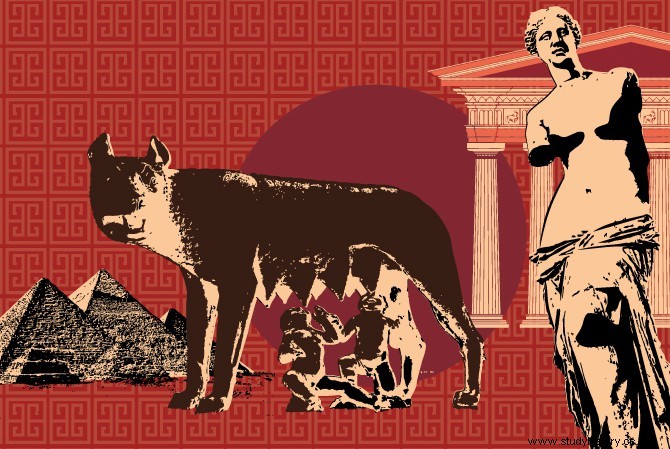
The "Great Persecution" is the third of the general persecutions, so named by eyewitnesses because of its violence in Palestine. It was also the longest:launched by four imperial decrees promulgated from February 303 to February 304, it was still not completed in 315 in the province of Asia, even if it was already in 307 in Italy and Africa. .
The application of the texts was therefore very unequal locally. For the Tetrarchs, who shared the management of the Empire, it is above all a question of geopolitical considerations. Measuring its effects is difficult, except in Africa and Egypt, where we have lists of names and inventories of confiscations. The first edicts targeted the bishops and ordered the purge of the army and the Court to decapitate the new religion. It was also deprived of its infrastructure by ordering the seizure and destruction of community buildings, their furniture (including reserves for the poor), objects and liturgical books, which were burned. Some of the clerics preferred to give up and "deliver" the property of their Church, which earned them the nickname of "traditors".
Finally, the unveiling of ordinary Christians became inevitable when an imperial edict compelled plaintiffs to perform a sacrifice before a trial began. The lists of martyrs report 20 to 40 victims per locality. Deported and tortured were much more numerous, the penal use of torture having the aim of forcing the Christian to return to official worship. The question of belief is rarely asked.
